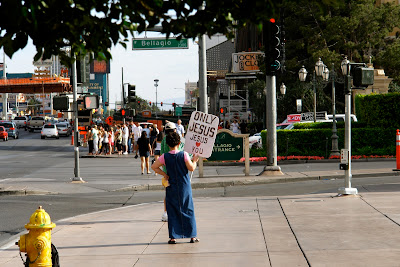Recently I wrote an article about the comparison of Renting vs Buying. That article was for the initial choice between buying a house compared to renting a place to live and investing the assumed extra cash flow that comes with it. A question was asked of us recently on the benefit of moving out of your PPOR and renting a place, while renting out your PPOR in the meantime.
I remember reading an article a couple years ago about the benefit of purchasing a place that you want to live in some time in the future, basically the typical 4 bedroom suburban home to raise a family in, while you are single and young, live where you want to. The benefits seemed to make sense and this is exactly the situation I was asked about. I now seem to find myself in the same situation. I have been living in my PPOR for the last two and a half years but I am relatively far from the city, not close to many of my friends and not in the most desirable area to live in.
The decision to move out has already been made in my mind; I feel for me at this time, it is a better lifestyle choice. Since I have already balanced the emotional side of the decision, I now just had to convince myself of the financial benefits. I was able to develop a fairly routine spreadsheet to show the financial implications of making such a decision.
Basically, I would be able to rent out the property for $400 per week and to rent out a place that I would like, I would be able to find a property for $250 a week. Already it is easy to see a benefit of $150 per week. However it is important to note there is a lot of additional expenses that will need to be covered when you become a landlord. Landlord insurance is required to ensure your tenants do not take you to the cleaners, contents insurance is also a good thing to have when you are renting. Property management fees will also need to be taken into consideration.
After taking all of the above into consideration, I found out that I would be approximately $100 per month better off if I moved out of my PPOR and rented it out. It should be noted that I did not take into account the tax implications of turning my PPOR into an investment. I realise you would be able to deduct a fair bit due to having the investment property, but this would most likely be offset by the added income due to the rental returns. So in the end, I did not take into account the tax implications, it would have made the spreadsheet a lot more complicated, and I do not believe it would have added anything extra.
If you would like a free copy of this spreadsheet, please click this link Spreadsheets
I have also read about the benefits of exchanging the title of the property into a trust to be able to fully deduct the interest repayments with your tax return; however I have not looked into this in great detail and unfortunately cannot provide any extra information. However if you have paid down the principal significantly (in which case there is minimal interest to claim), then it may not be worth it. As stamp duty will have to be paid when you transfer the title to a trust.




